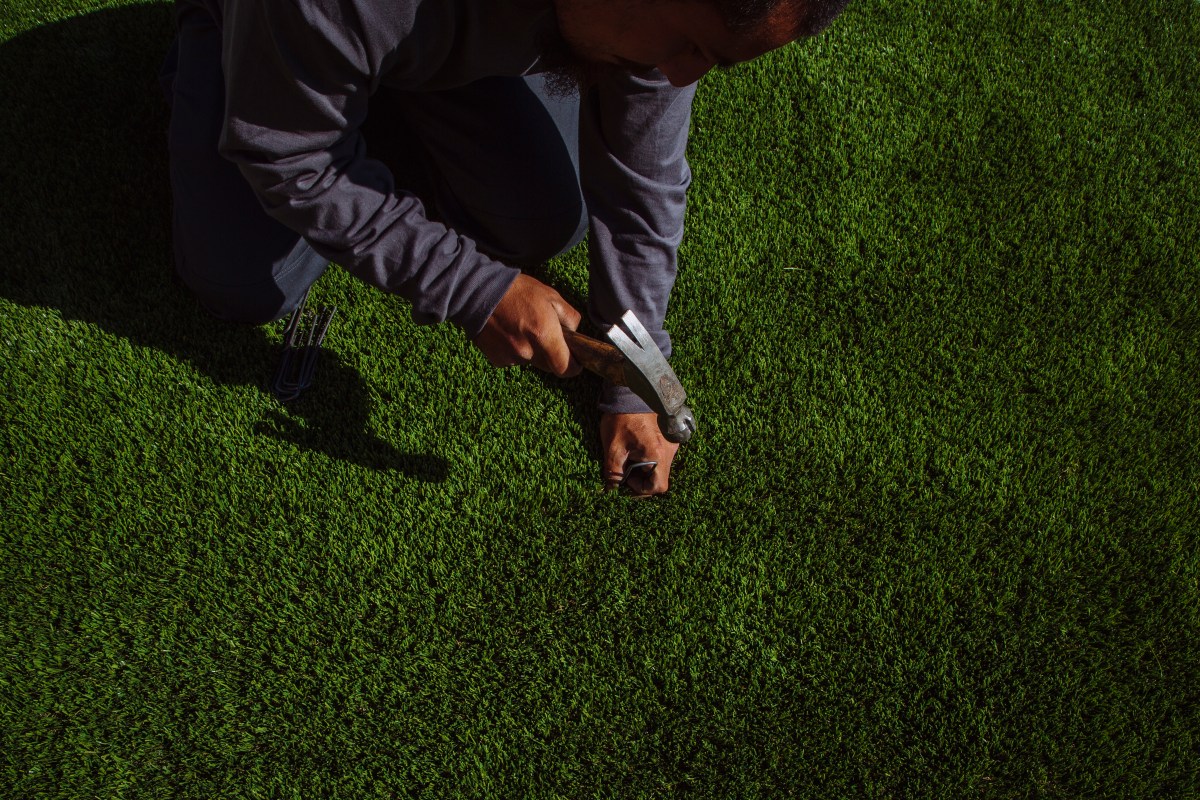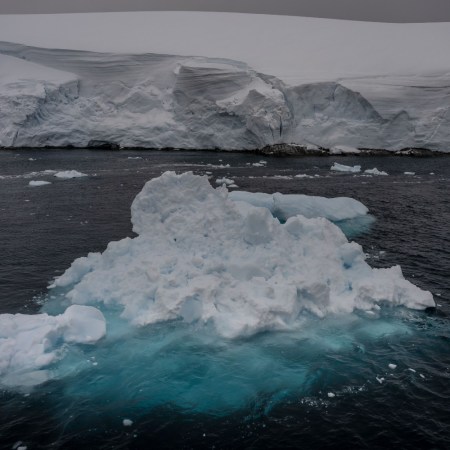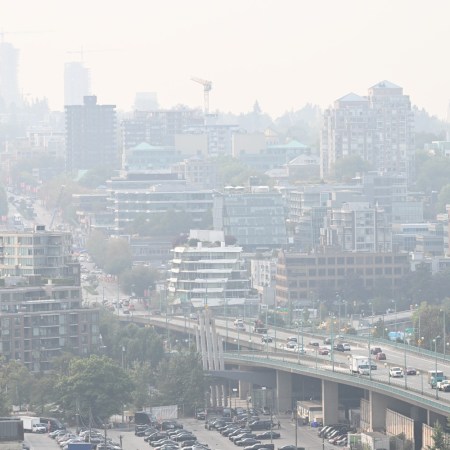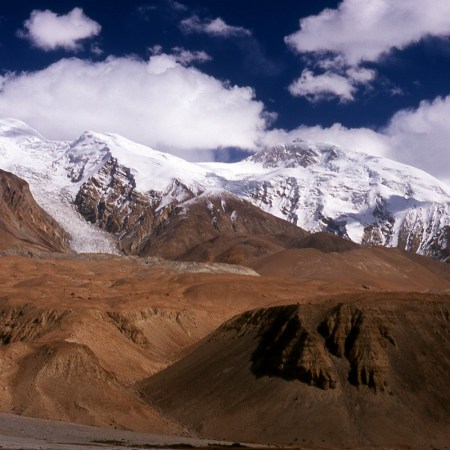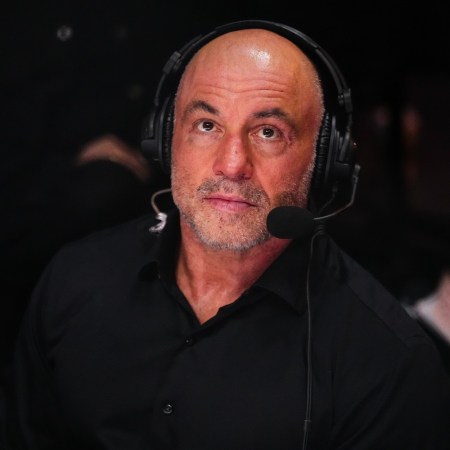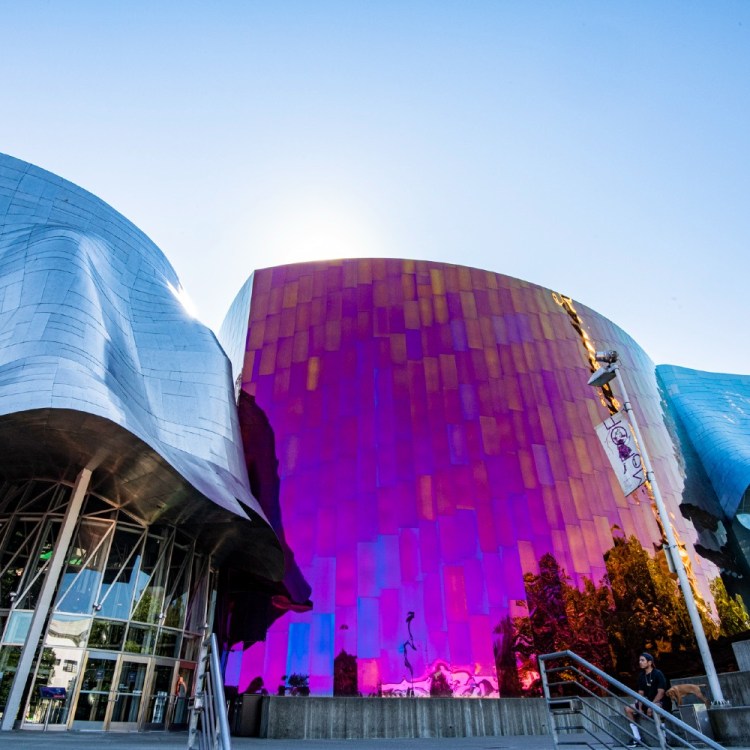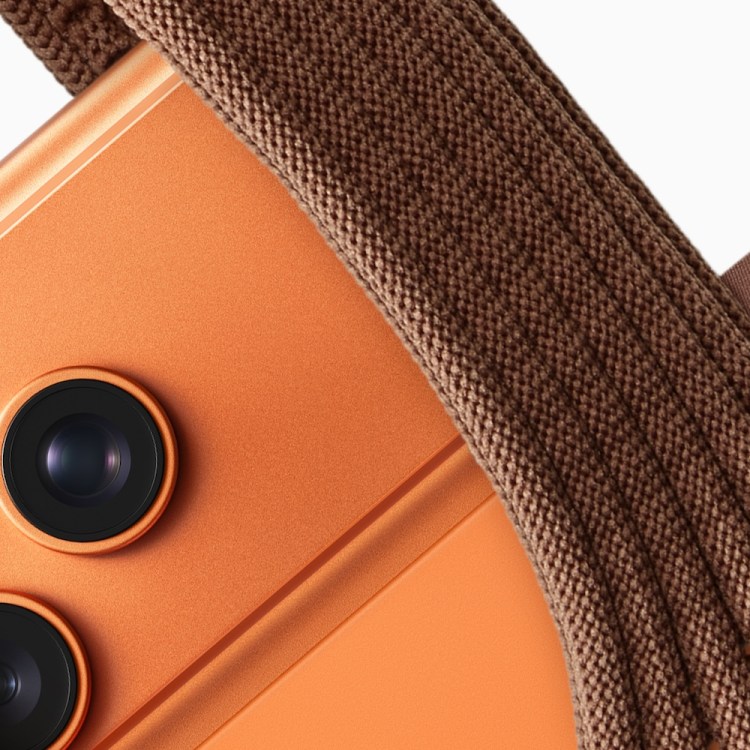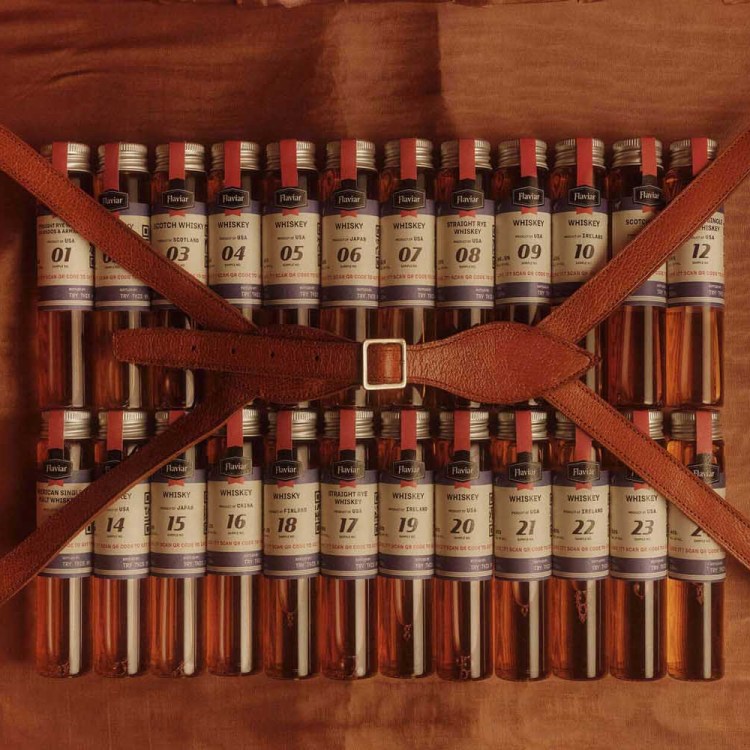Not-so-fun fact: From December 27, 2011, to February 14, 2017, Las Vegas was officially in a drought. That’s 269 weeks of water shortage.
The trend has continued into the 2020s. The region’s most intense period of drought occurred the week of July 7, 2021, when drought affected an astonishing 40% of Nevada. This year, the Sun Belt summer got off to a scorching start as early as April, when the Southern Nevada Water Authority announced that it would have to start drawing emergency water with new pumps from deeper within Lake Mead. (The lake has also been in and out of the news in 2022 for a series of bizarre lake-floor reveals, as a result of its receding waterline. Local rangers have found dessicated fish, a World War II vessel and the bones of assumed 20th-century mob victims.)
All that to say, the drought is a big deal in Las Vegas, just as it is in California and the rest of the Western states (currently mired in a megadrought that’s considered one of the worst in 1,200 years), the American heartland, equatorial Eurasia, sub-Saharan Africa and pretty much all of Australia. While these issues often feel too large to comprehend, they have tangible, everyday consequences for homeowners, who have grown accustomed to water fines, water notices and water patrols.
One casualty of this era? It may be the beginning of the end for the quintessential suburban lawn, as Brian Eckhouse and Siobhan Wagner argue in a recent feature for Bloomberg. People are opting instead for artificial turf, which, for an average 500-square-foot lawn, will cost somewhere between $3,000 and $7,000. Many drought-stricken counties offer “cash-for-grass” rebates, though, and the idea is that the grass will pay for itself over time; it doesn’t require any water, fertilizer, pesticides or mowing. Plus, newer and better “fabrics” made from polyethylene or nylon look less synthetic than ever, and come with draining capacity, meaning they can even accommodate mess from pets.
Homeowners definitely seem intrigued. Over the last two years, online searches for artificial grass have been on a steady uptick. But as Bloomberg examines, and a few other publications have before it (as in this 2019 article from The Guardian), fake grass carries climate woes of its own: it blocks access to soil for burrowing insects, offers zero food for neighboring wildlife and sheds microplastics and contaminants like zinc into surrounding ecosystems. Most significantly, manufacturers make artificial lawns out of fossil fuels, and once the bed of grass inevitably decays, the recycling strategy is either complicated or nonexistent.
All of that is on top of real logistical concerns, like the fact that artificial turf can become unbearably hot in the summer months. It’s not a place for children to run around on. So what, then, is the benefit to having it at all? For many, it’s simply about the “look” of having a green lawn. As one climate scientist mused to Bloomberg, a fair share of Americans “think it’s an existential crisis to get rid of a front lawn.”
As is typical with climate change, these are outsized problems with imperfect solutions. Saving water in this case means upping CO2 emissions, and vice versa. Is there another route for homeowners? Consider alternatives like “rockscapes,” drought-resistant ornamental grasses (which require little water and no mowing), forms of mosses or mints, native perennial beds, Dutch white clovers, wildflowers and succulents. Go to your nearest nursery and tell them you’re considering replacing your lawn. They’ll set you straight, and somewhere down the line, we can only hope, the planet will thank you.
Thanks for reading InsideHook. Sign up for our daily newsletter and be in the know.
